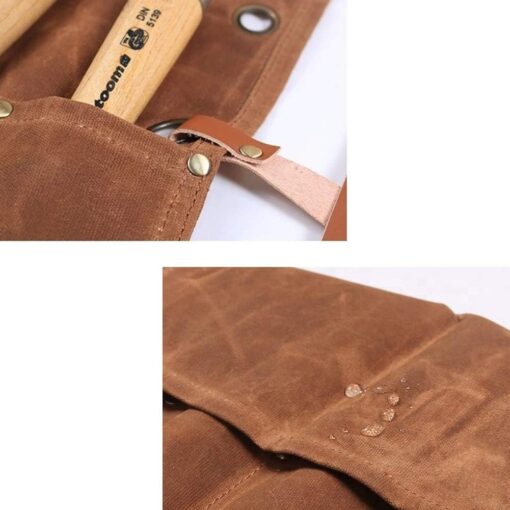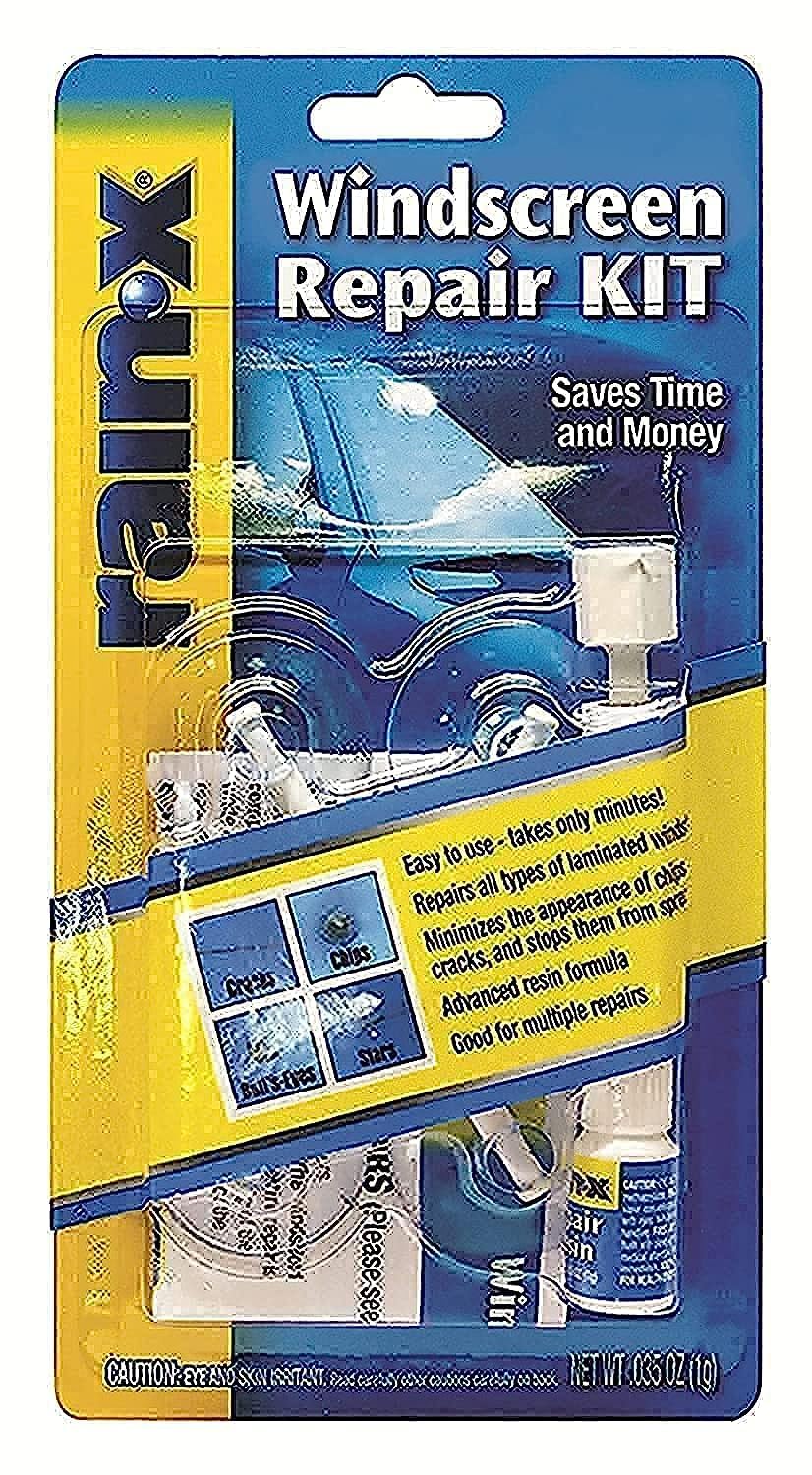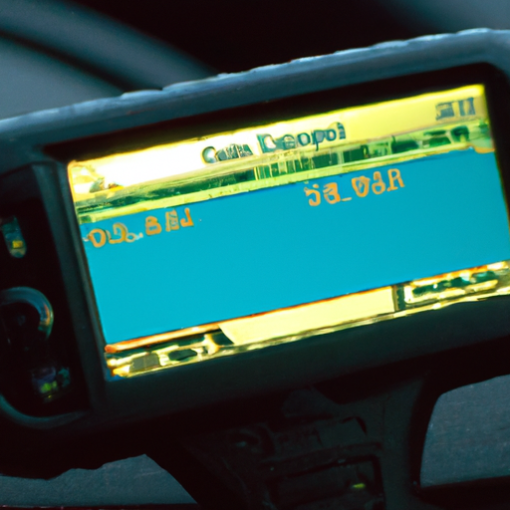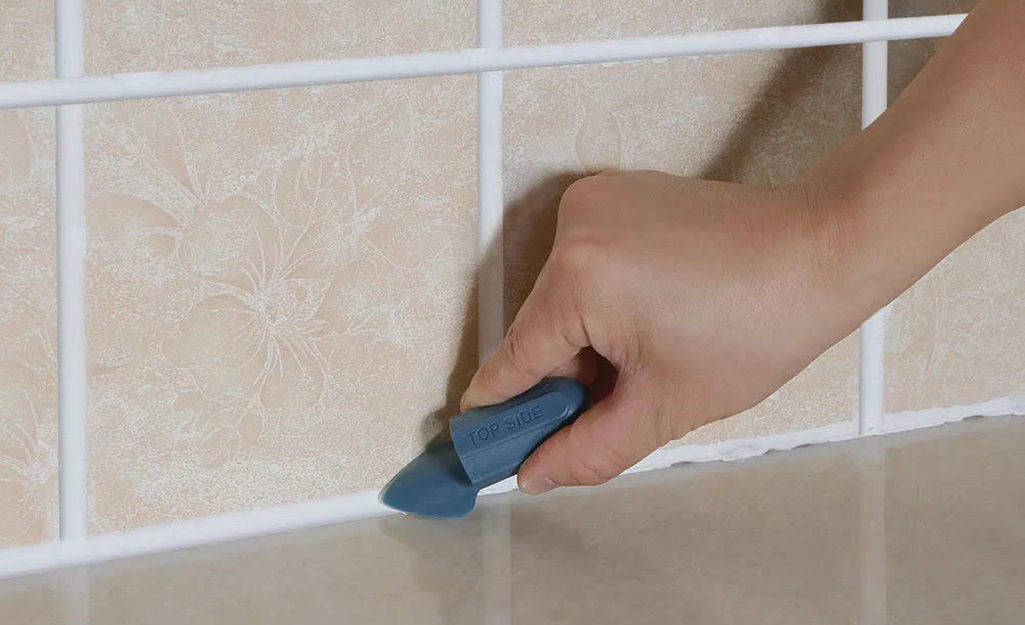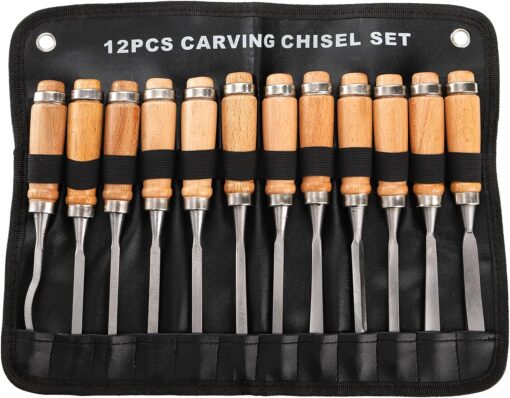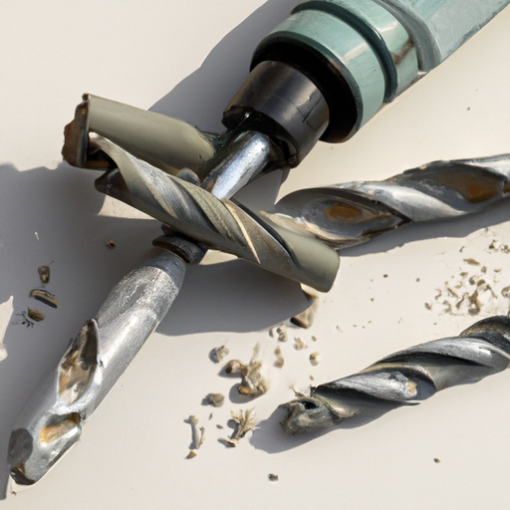Have you ever experienced the frustration of discovering a dent in your beloved car? The sight of that unsightly blemish can be disheartening, but fear not, for there is a potential solution at your fingertips: car dent pullers. These innovative devices have gained popularity among car owners as a cost-effective and convenient way to address minor dents. But are car dent pullers truly as effective as they claim to be? Let’s explore whether these tools are worth the investment and can restore your car’s flawless appearance with ease.
What are car dent pullers?
Car dent pullers are tools designed to remove dents from a car’s body without the need for expensive and time-consuming repairs. These tools are a cost-effective and convenient solution for minor dents caused by parking accidents, hailstorms, and other minor collisions. Car dent pullers come in various types, each offering its own unique method of dent removal. From suction cup dent pullers to glue gun dent pullers, there are options available to suit different dent types and car models.
Types of car dent pullers
There are several types of car dent pullers available in the market. Each type is designed to tackle different types of dents and offers its own set of advantages. Some of the most common types of car dent pullers include:
Suction cup dent pullers
Suction cup dent pullers use the suction force to pull out dents from the car’s body. These pullers typically consist of a suction cup attached to a handle, which is used to create a vacuum and pull the dent out. Suction cup dent pullers are suitable for small and shallow dents and are easy to use.
Glue gun dent pullers
Glue gun dent pullers use hot glue to create a strong bond between the car’s body and a pulling tab. Once the glue has cooled and hardened, the dent can be pulled out by applying pressure to the pulling tab. Glue gun dent pullers are versatile and can be used on various dent sizes and depths.
Slide hammer dent pullers
Slide hammer dent pullers feature a long slide hammer rod attached to a pulling hook. The rod is used to create momentum, and the pulling hook is attached to the dent. By sliding the hammer back and forth, the dent is gradually pulled out. Slide hammer dent pullers are effective for deep dents and provide precise control during the dent removal process.
Pneumatic dent pullers
Pneumatic dent pullers utilize compressed air to create powerful suction and pull out dents. These tools are typically used by professionals and require an air compressor for operation. Pneumatic dent pullers offer high pulling force and can effectively remove large and stubborn dents.
How car dent pullers work
Car dent pullers work by applying force to the dent, gradually pulling it back into its original shape. The specific method of operation varies depending on the type of dent puller being used.
Suction cup dent pullers create a vacuum between the suction cup and the car’s body, which allows for the dent to be pulled out. Glue gun dent pullers use the adhesive properties of hot glue to bond the pulling tab to the dent, and pressure is applied to the tab to gradually pull it out. Slide hammer dent pullers utilize momentum to provide a pulling force, while pneumatic dent pullers use compressed air to create suction and pull the dent.
Regardless of the type of car dent puller, the process requires patience and precision. It is important to follow the manufacturer’s instructions and apply the right amount of force to avoid causing any further damage to the car’s body.
Pros of using car dent pullers
Using car dent pullers offers numerous advantages, making them an attractive option for dent repair. Some of the pros of using car dent pullers include:
Cost-effective
One of the biggest advantages of using car dent pullers is their cost-effectiveness. Compared to professional dent repair services or repainting the car, dent pullers are a much more affordable option. They eliminate the need for expensive materials and labor costs, allowing you to save money while still achieving satisfactory results.
Convenience
Car dent pullers provide a convenient solution for dent repair. They are easy to use and can be done at your own convenience, without the need to schedule appointments or leave your car at a repair shop for days. With a dent puller, you can quickly address minor dents and restore your car’s appearance without disrupting your daily life.
Time-saving
Repairing dents using a car dent puller can save you a significant amount of time compared to other dent repair methods. Rather than waiting for a repair shop to fit you into their schedule, you can tackle the dent removal process yourself. Dent pullers allow you to address minor dents efficiently, getting your car back on the road in no time.
No paintwork damage
Car dent pullers are designed to remove dents without causing any damage to the paintwork. This is particularly beneficial for preserving the original finish of your car and maintaining its resale value. By avoiding the need for repainting, dent pullers provide a seamless and non-intrusive solution for dent removal.
Versatility
Car dent pullers come in different types and designs, offering versatility in addressing various dent sizes and depths. Whether you have a small shallow dent or a larger, more pronounced one, there is likely a dent puller that can effectively remove it. This versatility makes dent pullers suitable for a wide range of dent repair needs.
Cons of using car dent pullers
While car dent pullers have their advantages, there are also some drawbacks to consider. These cons should be carefully weighed before deciding to use a dent puller:
Limited effectiveness on certain types of dents
Car dent pullers may not be effective in all dent scenarios. Factors such as the size, depth, and location of the dent can impact the effectiveness of a dent puller. For larger and more severe dents, professional dent repair services may be more suitable.
Risk of further damage if not used properly
Improper use of a car dent puller can potentially cause further damage to your car. Applying too much force, using the wrong technique, or using a dent puller on a dent it is not designed for can lead to paintwork damage, scratches, or even dents worsening. It is essential to carefully follow the instructions provided with the dent puller and exercise caution during the repair process.
Factors to consider before using a car dent puller
Before using a car dent puller, there are several factors to consider to ensure the best possible outcome. These factors include:
Size and depth of the dent
Evaluate the size and depth of the dent to determine if a dent puller is a suitable option. Small and shallow dents are more likely to be successfully repaired using a dent puller, while larger and deeper dents may require professional attention.
Location of the dent
Consider the location of the dent on your car’s body. Dent pullers are most effective on flat, accessible surfaces. Dents on curved or hard-to-reach areas may be more challenging to repair using a dent puller.
Type of car and paintwork
The type of car and paintwork can also influence the success of a dent puller. Some types of paint, such as metallic or pearl finishes, may require additional care during the dent removal process. Additionally, the material of the car’s body, such as aluminum or steel, can impact the dent puller’s effectiveness.
Personal skill and experience
Evaluate your own skill level and experience with dent repair. Car dent pullers require a certain level of precision and technique to be used effectively. If you are unsure about your ability to use a dent puller properly, it may be wise to seek professional help.
Different types of car dent pullers
As mentioned earlier, there are various types of car dent pullers available. Let’s take a closer look at each type:
Suction cup dent pullers
Suction cup dent pullers are one of the most common and straightforward types of dent pullers. They consist of a suction cup attached to a handle, which creates a vacuum when pressed against the dent. The suction force pulls the dent out gradually. Suction cup dent pullers are best suited for small and shallow dents.
Glue gun dent pullers
Glue gun dent pullers involve the use of a hot glue gun and pulling tabs. A small amount of hot glue is applied to the pulling tab, which is then pressed against the dent. Once the glue cools and hardens, pressure is applied to the pulling tab, and the dent is pulled out. Glue gun dent pullers are versatile and can be used on various sizes of dents.
Slide hammer dent pullers
Slide hammer dent pullers utilize a long rod with a handle, known as a slide hammer, and a pulling hook. The pulling hook is attached to the dent, and the slide hammer is slid back and forth, creating a pulling force that gradually removes the dent. Slide hammer dent pullers are effective for deeper dents and provide precise control during the dent removal process.
Pneumatic dent pullers
Pneumatic dent pullers are typically used by professionals due to their use of compressed air. These tools rely on the creation of powerful suction to pull out dents. Pneumatic dent pullers require an air compressor for operation and provide high pulling force, making them suitable for large and stubborn dents.
Effectiveness of car dent pullers
The effectiveness of car dent pullers can vary depending on several factors. Let’s explore some key aspects that can determine the success of dent removal using a car dent puller:
Determining factors for effectiveness
The size, depth, and location of the dent play significant roles in determining the effectiveness of a car dent puller. As a general rule, smaller and shallower dents on accessible surfaces have a higher chance of successful repair using a dent puller.
Success rates for different types of dents
Different types of dents may respond differently to dent pullers. Suction cup dent pullers are more suitable for small, shallow dents, while glue gun dent pullers offer versatility for various dent sizes. Slide hammer dent pullers are effective for deeper dents, and pneumatic dent pullers are designed for larger and more stubborn dents.
Case studies and customer testimonials
To gain a better understanding of the effectiveness of car dent pullers, it can be helpful to explore real-life case studies and customer testimonials. These accounts provide insight into the success rates of dent pullers in different situations and give potential users a realistic expectation of what can be achieved.
Steps to use a car dent puller
Using a car dent puller requires a systematic approach to ensure effective dent removal. Here are the general steps to follow:
Inspect the dent
Carefully examine the dent to determine its size, depth, and location. This will help you select the most appropriate dent puller for the job.
Prepare the tools
Gather all the necessary tools for the dent removal process. This may include the dent puller, hot glue gun (if using a glue gun dent puller), pulling tabs, slide hammer (if using a slide hammer dent puller), and any other accessories required.
Apply the dent puller
Follow the manufacturer’s instructions to correctly attach the dent puller to the dent. This may involve creating a vacuum with a suction cup, applying hot glue and attaching a pulling tab, or attaching a pulling hook to the slide hammer.
Apply pressure and pull
Once the dent puller is securely attached, apply pressure to gradually pull the dent out. Use slow and controlled movements to ensure the dent is pulled evenly without causing additional damage.
Repeat if necessary
In some cases, multiple attempts may be required to fully remove the dent. If the first attempt does not yield satisfactory results, repeat the process until the desired outcome is achieved.
Finish the process
Once the dent is successfully pulled out, remove the dent puller and inspect the results. If necessary, use additional tools or techniques to fine-tune the appearance of the repaired area. Clean the surface and apply any necessary touch-up paint or polish to complete the repair.
Safety precautions when using car dent pullers
While using car dent pullers can be a relatively safe process, it is important to take certain safety precautions to avoid any accidents or injuries. Here are some safety measures to keep in mind:
Wearing appropriate protective gear
When using a car dent puller, it is recommended to wear protective gear such as gloves and safety glasses. These items can protect your hands and eyes from potential harm, especially when working with tools or hot glue guns.
Following the manufacturer’s instructions
Always read and follow the manufacturer’s instructions carefully when using a dent puller. This ensures proper usage and minimizes the risk of accidents or damage.
Working in a well-ventilated area
If you are using a glue gun dent puller, ensure that you are working in a well-ventilated area to avoid inhaling fumes. Proper ventilation helps maintain a safe and comfortable working environment.
Using caution with hot glue guns or pneumatic tools
If you are using a glue gun dent puller, be cautious when handling the hot glue gun to avoid burns. Similarly, if you are using pneumatic dent pullers, ensure that you understand and follow the safety guidelines for operating pneumatic tools.
Alternative methods for dent repair
While car dent pullers can be a viable option for some dent repairs, there are alternative methods available as well. These include:
Professional dent repair services
If you have a complex or severe dent, or if you are not confident in your ability to use a car dent puller, seeking professional dent repair services may be the best option. Professional technicians have the skills and experience to handle different dent types and provide high-quality repairs.
DIY dent repair using household items
In some cases, minor dents can be repaired using household items. Techniques such as using boiling water, using a plunger, or using a hairdryer and compressed air can be effective for small dents. However, these methods may not always yield satisfactory results and can potentially cause further damage if not executed properly.
Conclusion
Car dent pullers can be an effective and convenient solution for certain types of dents. They offer cost-effectiveness, convenience, and time-saving benefits, while also preserving the original paintwork and providing versatility in dent repair. However, it is important to consider factors such as the size and depth of the dent, location, type of car and paintwork, and personal skill level before deciding to use a dent puller. By carefully evaluating these factors and following the proper techniques and safety precautions, car dent pullers can be a valuable tool for maintaining the appearance and value of your vehicle.

